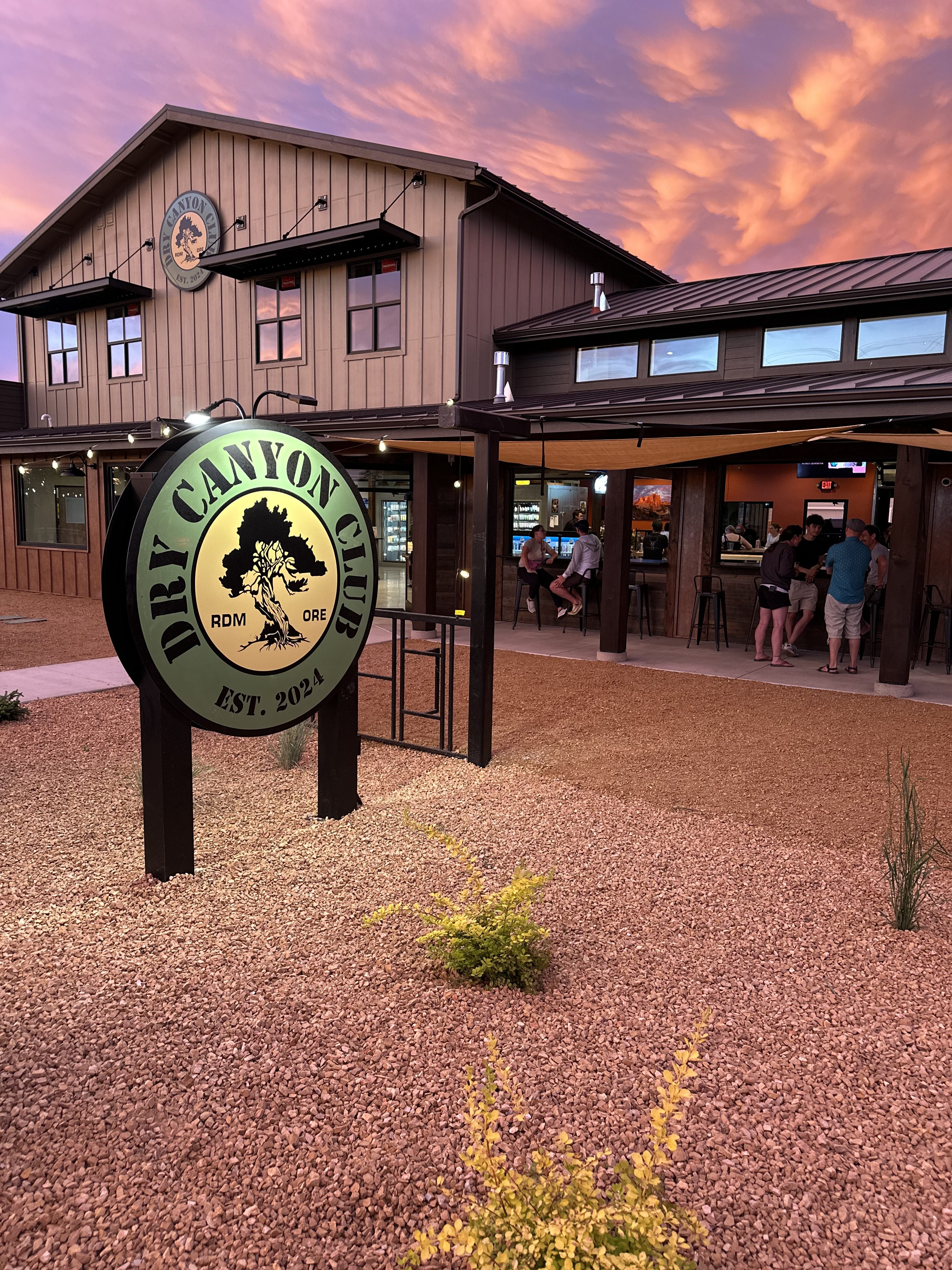Graduation rates for class of 2020 rose locally and statewide
Published 9:15 am Thursday, January 21, 2021

- 210120_bul_news_ak grad.rates
The class of 2020 had perhaps the strangest road to graduation in a century when the COVID-19 pandemic shuttered schools throughout Oregon in mid-March.
Trending
Nonetheless, Oregon’s class of 2020 still earned diplomas at a higher rate than ever before. And data from the Oregon Department of Education showed rising graduation rates for every major Central Oregon high school but one.
“Clearly, this was a class that turned out to be resilient, as their senior year was impacted in ways I don’t think any of us could’ve anticipated,” Colt Gill, head of the Oregon Department of Education, told The Bulletin.
Redmond High numbers stand out
The local traditional high school with the biggest jump in graduation rates was Redmond High School, rising 8 percentage points to 83%. In particular, Latino students at Redmond High excelled in 2020, with a 12-point bump to an 80.9% rate, state data showed.
Principal Audrey Haugan cited multiple factors in this increase, including programs like Juntos and ¡AVANZA! designed to reach out to local Latino families.
“There are a lot of things in place that have been going on for the past 3-4 years we felt this senior class would benefit from,” Haugan said.
Madras High School, which has seen its graduation rate skyrocket in the past few years, essentially held steady in 2020 with a 91.2% graduation rate. But there were major shifts underneath the surface of Central Oregon’s most ethnically diverse high school.
Latino students in Madras earned diplomas at about the same rate as 2019, at 94.3%. But white students’ graduation rate leaped from 81.8% to over 95%. And Madras’ Native American students saw their graduation rate fall for the first time since 2016, slipping from 92.9% to 81.2%.
Brian Crook, principal of Madras High School, was unavailable for comment.
Crook County High School — which had the region’s highest graduation rate in 2019 at 94.7% — saw a slight dip in 2020 to 91.3%.
Central Oregon’s smallest high school, Culver, had a 94.1% graduation rate — about 2.5 percentage points higher than 2019.
Did COVID-19 impact graduation rates?
When COVID-19 shuttered schools in mid-March, the state ordered that classes would become pass/fail, and students who were already passing their classes at the time would would automatically receive class credit.
School leaders, both locally and statewide, had mixed feelings on whether this impacted graduation rates.
Gill, the state schools chief, said he doesn’t believe the students who received automatic passing grades impacted graduation rates very much. Those students were likely to earn those credits in June and get their diploma without this change, he said.
Gill did acknowledge, however, that many school staffers gave extra focus to struggling students as the pandemic began, which could have boosted graduation rates.
Haugan, Redmond High’s principal, said the state’s changes in grading, and the cancellation of state proficiency testing, absolutely impacted graduation rates.
“I do think the graduation rates this year were inflated ,” she said. “We expected to see a rise, but certainly not a leap.”
Local grad rates mostly rise
Every noncharter, nonalternative public high school in Deschutes County saw a bump in its graduation rate in 2020, state data showed.
Summit High School had the region’s highest graduation rate at 94.4% — a leap of more than 4 percentage points. In 2020, Summit and Mountain View high schools both closed the graduation rate gap between Latino and white students that plagued both Bend high schools in 2019.
In that year, there was a 19-percentage point gap between the two groups at Summit and a 14-point gap at Mountain View. In 2020, those gaps shrunk to about 1 and 2 percentage points, respectively.
Summit has a fairly small Latino student population — only 7.5% of Summit students in the class of 2020 identified as such — which means data like graduation rates can quickly fluctuate. But Mountain View’s Latino population is larger, representing about 16% of the class of 2020, giving extra heft to that group’s 90.2% graduation rate.
Michael Hicks, principal at Mountain View, declined to be interviewed, but noted that his school’s rising Latino graduation rates was “wonderful news.”
Katie Legace — Bend-La Pine’s executive director of high schools and deputy superintendent — noted that graduation rates rose for many groups of underserved students districtwide in 2020, from students learning English to students with disabilities. She credited these boosts with the district’s recent efforts to fight chronic absenteeism and help students with mental health struggles.
“We have been working very hard to decrease those gaps over the years,” Legace said.
La Pine High School’s graduation rate rose sharply to 76.7%. However, the school had Oregon’s third-lowest graduation rate for a noncharter high school with at least 100 students in the graduating class, only ahead of Springfield and Reynolds high schools, according to state data.
A few high schools in the region with previously high graduation rates — Bend, Sisters and Ridgeview — essentially held steady, all with about a 91% graduation rate or higher.
Bend Tech Academy at Marshall High School — which just finished transitioning from a traditional alternative high school to a technical-education magnet school — had a lower graduation rate than Bend-La Pine’s four large high schools, at 62.7%. But it also saw the biggest jump in its rate, with a 16 percentage point increase.
Sal Cassaro, principal at Bend Tech, said his goal is to eventually catch up to Bend-La Pine’s traditional high schools. Bend Tech’s combination of rigorous academics and hands-on career and technical education is driving this increase in graduates, he said.
“That is the magic recipe,” Cassaro said.








